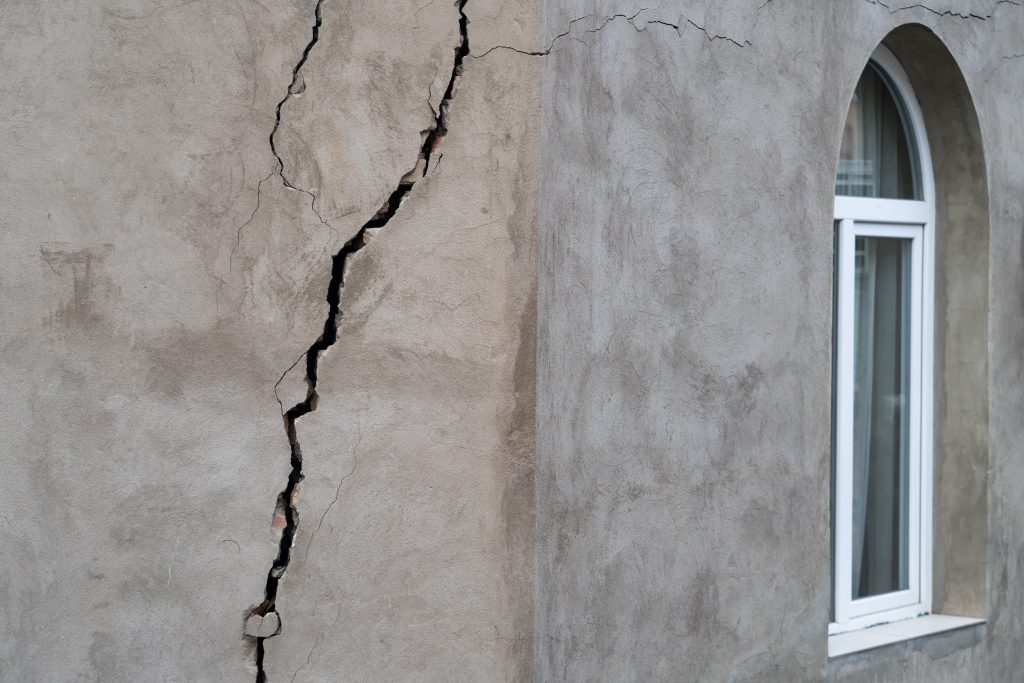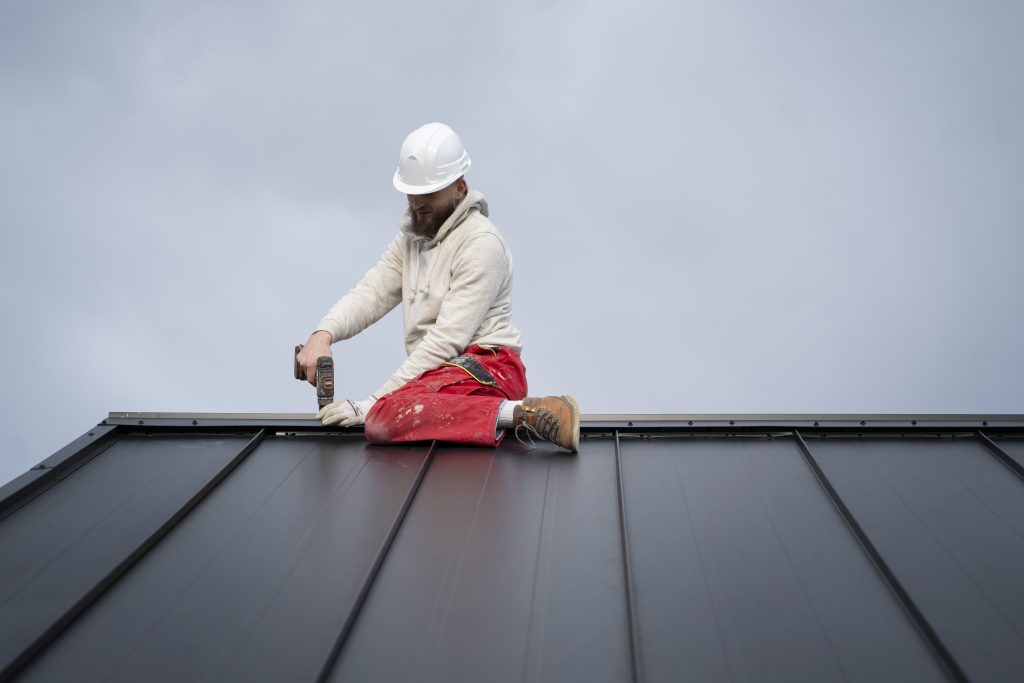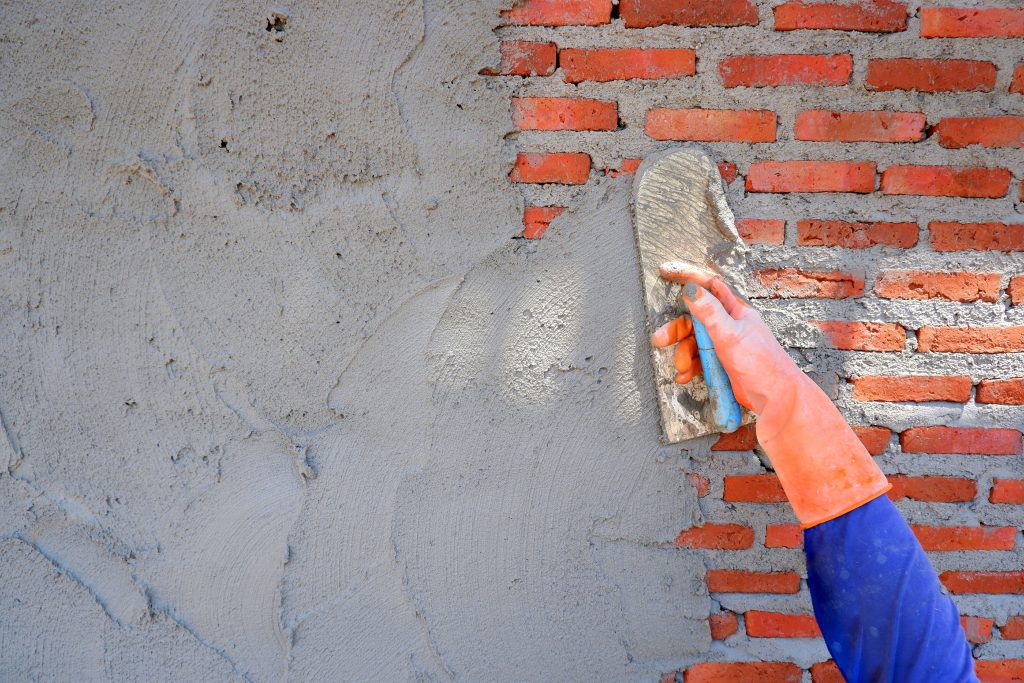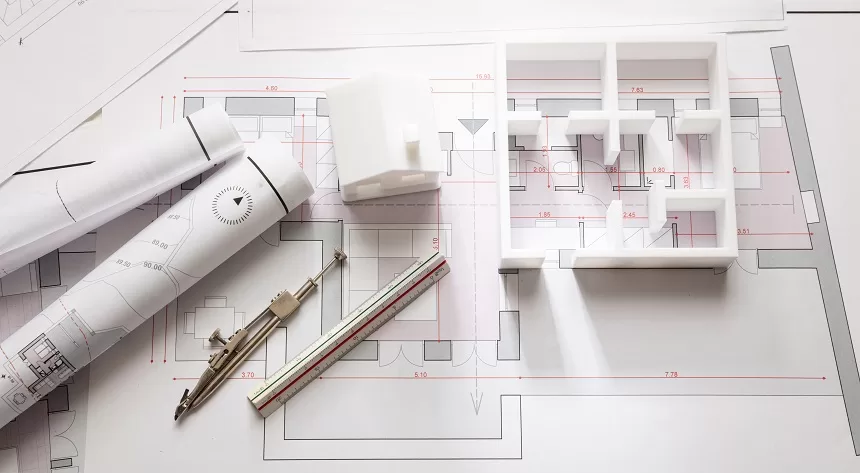Cracks on walls can lead to structural instability of walls if not addressed properly. Wall cracks can impact both the aesthetics and strength of the walls. These cracks can vary in size, depth, and patterns, often caused by factors like settling, structural stress, and more. Read on to learn more about wall cracks and how to repair them.
What Causes A Wall Crack?
The following factors usually contribute to the development of cracks in walls:
Moisture and water damage
Fluctuations in moisture levels, such as excessive water infiltration or drying, can lead to expansion or contraction of building materials. This cyclic change exerts pressure on the walls and causes cracks over time.
Elastic deformation
Building materials have a certain elasticity, but when subjected to excessive stress, they may undergo deformation. This gradual strain can contribute to cracks, particularly in areas where materials are unable to accommodate the deformation.
Creep
It is a phenomenon where walls under constant stress can slowly deform over an extended period. This long-term deformation can occur as cracks, especially in load-bearing walls.
Chemical reactions
Certain chemical processes, such as corrosion of metals or chemical reactions within building materials, can weaken the structural integrity of the walls. This weakening can result in cracks over time.
Foundation movement & soil settlement
Shifting or settling of the foundation due to changes in soil conditions, uneven soil settlement, or poor soil compaction can exert stress on the walls. This movement between the foundation and the structure can lead to cracking of walls.
Growth of vegetation
Plant roots growing near or under walls can adversely affect the foundation, causing structural shifts and subsequent cracks. Additionally, moisture from plants can infiltrate walls and intensify the issue.
Patterns of Cracks in Walls
Cracks in walls exhibit distinct patterns that can vary based on the type of structure. Here are some common patterns:
In masonry structures
Cracks at ceiling level in cross walls
These cracks often occur due to settlement or movement in the structure, especially at the junction of walls and ceilings. They may indicate differential settling between different parts of the building.
Cracks at the base of a parapet wall
Foundation movement or inadequate support can lead to cracks at the base of parapet walls, where they meet the building structure. These cracks may result from insufficient reinforcement or structural instability.
Diagonal cracks
Diagonal cracks, particularly in load-bearing walls, can signal significant structural stress or movement. They might be caused by excessive vertical or lateral loads on the walls.
In RCC frame structures
Cracking of panel walls
Vertical and horizontal cracking can occur due to temperature fluctuations, differential settlement, or inadequate reinforcement. Vertical cracks may result from structural movements, while horizontal cracks can stem from stress or poor construction practices.
Cracking of partition walls
Cracks in partition walls might indicate structural movements, settlement, or insufficient design considerations. They can range from hairline cracks to more severe ones, impacting the integrity of the wall.
In free-standing walls
Arching up and cracking of coping stones
This phenomenon often occurs due to moisture infiltration, freeze-thaw cycles, or structural movement. It affects the uppermost part of the parapet or compound walls and can lead to displacement or dislodging of coping stones.
Horizontal cracks in bed joints
Horizontal cracks along bed joints, particularly in free-standing walls, might indicate excessive structural stress, inadequate mortar use, or soil movement.
Vertical cracks at regular intervals
These cracks occur from the construction method, such as shrinkage cracks in unreinforced masonry walls. However, they could also signify structural issues or movements.
Why Repairing Wall Cracks At The Earliest Is Important
Addressing wall cracks helps in maintaining the structural integrity and longevity of a structure. Here is why wall crack repairing is crucial:
Prevention of further damage
Wall cracks, even seemingly minor ones, can worsen over time. They act as entry points for moisture, which can lead to more extensive damage. Repairing cracks promptly prevents them from becoming larger, more challenging, and costlier to fix.
Preservation of structural stability
Cracks compromise the stability of walls and the overall structure. If left unattended, they can weaken load-bearing walls and impact the integrity of the building. Repairing cracks ensures that the structure remains robust and safe for the long term.
Restore visual appeal
Beyond structural concerns, wall cracks detract from the visual appeal of a space. Repairing the walls restores their smoothness and uniformity. It improves the overall aesthetics of the interior or exterior.
Long-term cost savings
Proactive crack repairs are more cost-effective in the long run. Early intervention prevents the need for extensive and expensive repairs that may arise from neglecting smaller cracks. Addressing issues promptly saves both time and money.
How to Fix Cracks on a Wall Permanently?
Repairing cracks in walls requires a systematic approach to ensure a lasting and structurally sound solution. Follow these steps to effectively address wall cracks:
Assessment of wall cracks
Begin by thoroughly inspecting the cracks to determine their nature and extent. Identify whether the cracks are superficial or indicative of underlying structural issues. Assess the width, depth, and pattern of the cracks to tailor your repair strategy.
Surface Preparation
Clean the cracked area by removing any loose debris, paint, or other contaminants. Use a wire brush or scraper to ensure a clean and stable surface for the repair materials to adhere to.
Routing of cracks
For wider cracks, consider creating a V-shaped groove along the crack using a crack-chasing saw or a masonry chisel.
Apply bonding agent
Apply a bonding agent or primer to the prepared surface. This ensures proper adhesion between the existing wall and the repair material.
Choice of repair material
Select an appropriate repair material such as mix of weak or strong mortar based on the type and severity of the crack.
Smoothening and finishing
After applying the repair material, smooth the surface with a putty knife or trowel.
Painting and restoration
Once the repaired area has fully cured, paint or finish the wall to match the surrounding surface.
Get grey cement online to repair wall cracks and restore the structural integrity of your wall.
FAQs
What is the solution for wall cracks?
Identifying the root cause is key. Address underlying issues like moisture, structural stress, or foundation problems. Choose appropriate repair materials and methods based on the crack’s severity.
How can I repair a cracked cement wall?
Clean the surface, apply a bonding agent, fill the crack with suitable cement mortar and finish by smoothing the surface for a lasting repair.
How do I fix cracks in painted walls?
Clean the area, remove loose paint, fill the crack with suitable filler, sand the surface, apply primer, repaint the area, and blend with the existing paint.
Which cement is best for repairing cracks?
Portland cement or grey cement can be a suitable choice for fixing cracks.
Are cracks in walls easy to fix?
Minor hairline cracks might be easy to fix but structural or wide cracks often require expertise. Assessing the severity is crucial for effective repairs.
Can I paint over wall cracks?
Yes, you can. However, painting over wall cracks is not recommended. Only after proper repair and preparation painting over wall cracks is possible.














